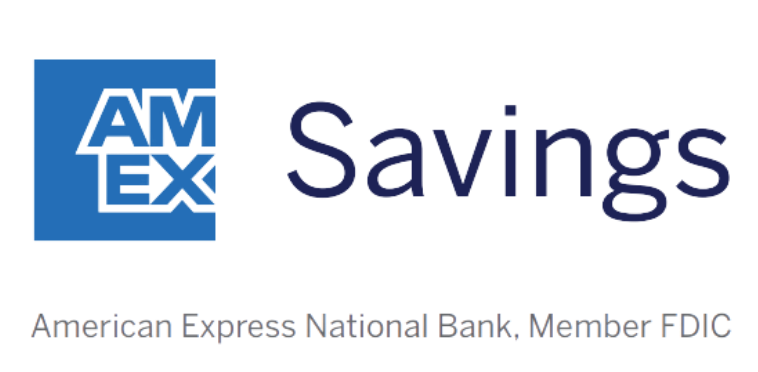Savings accounts can be a great place to keep your cash. The best high-yield savings accounts are currently offering yields around 4.00% while keeping your money safe, so you can grow your wealth effortlessly without any real risk.
Unfortunately, there are times when you can have too much of a good thing. In fact, there are three situations where it would make absolutely no sense to add money to your savings account.
1. You won’t need the money for at least five years
If you have money you won’t need for at least five years and you are thinking of putting it into a savings account, you should think again.
At best, your savings account is probably going to provide returns somewhere around 4.00% and there’s a good chance that sometime in the next five years, it’ll provide an even lower return on investment (ROI). Interest rates on savings accounts are variable and rates are widely expected to go down across the board for the foreseeable future.
Our Picks for the Best High-Yield Savings Accounts of 2024
|
American Express® High Yield Savings 
APY 4.00%
Rate info
Member FDIC.
|
APY 4.00%
Rate info |
Min. to earn $0 |
|
Capital One 360 Performance Savings 
APY 4.00%
Rate info
Member FDIC.
|
APY 4.00%
Rate info |
Min. to earn $0 |
|
CIT Platinum Savings 
APY 4.70% APY for balances of $5,000 or more
Rate info Min. to earn $100 to open account, $5,000 for max APY
Member FDIC.
|
APY 4.70% APY for balances of $5,000 or more
Rate info |
Min. to earn $100 to open account, $5,000 for max APY |
If you invest in an S&P 500 index fund, on the other hand, it’s reasonable to expect you’d earn somewhere in the 10% range annually as long as you keep your money invested for several years. This is because the S&P 500 has averaged 10% annual returns over the long term.
While there’s a risk of loss if you mistime your investment, buy high, and must sell shortly thereafter, that risk is minimized with an investing timeline of five years or more. You’d have time to wait out the inevitable recovery even if you bought right before a market crash.
You can sign up for a brokerage account with no minimum balance and buy an S&P 500 index fund really easily. Click here for a list of our favorite brokerage accounts to get started today.
2. The money is earmarked for retirement savings
You don’t want to put cash into a savings account if it is money you are saving for retirement.
Instead, you should put that money into a 401(k), IRA, or other tax-advantaged account.
You can get tax breaks for contributions to these accounts and, in the case of a 401(k), may also be able to earn an employer match on the money you put in. This is a huge benefit that makes it easier to hit your retirement goals.
Plus, if retirement is a long time away, getting the money into a 401(k) or IRA will also open the door to investing it, which, as we learned above, could help you earn a far better ROI than a savings account could offer.
3. The money is for everyday spending
Finally, if the money is your spending money that you’ll be using to pay bills or cover other expenses, it doesn’t belong in savings. Many savings accounts limit monthly withdrawals, so it makes little sense to put money in only to have to start taking it out again on a regular basis. A checking account is the best place for money you’ll need regular access to.
As you can see, in these three situations, you don’t want your money in savings. It’s better off in a checking, retirement, or brokerage account instead.



